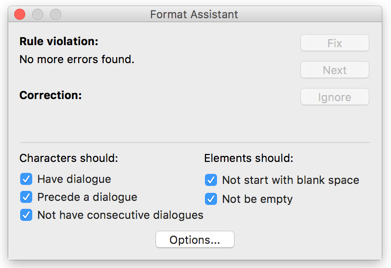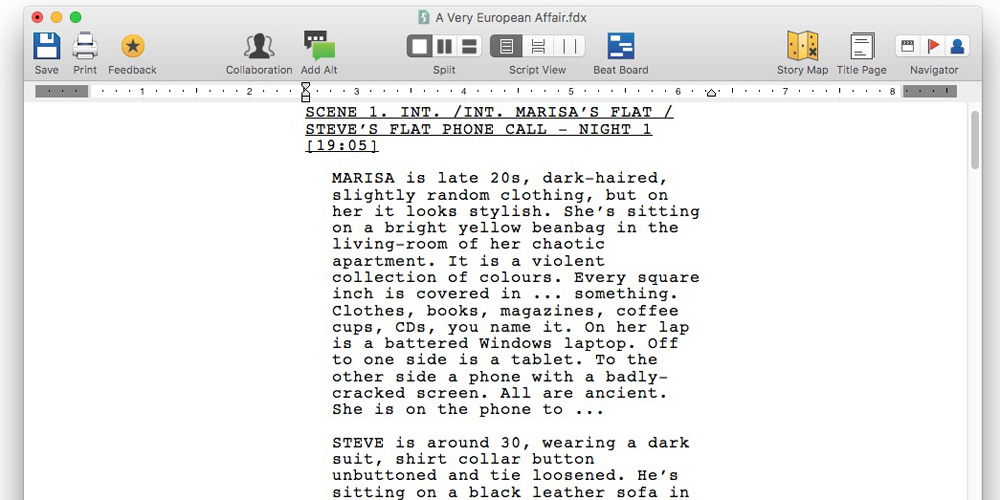

To improve this sentence, the writer needs to make explicit what students resisted. The authoritarian school changed its cell phone policy, which many students resisted. Here, for example, you might wonder what which refers to: In some pronoun usage, the reference is implied but not stated. If you put this handout in your binder, it may remind you of important tutoring strategies. In this sentence, it possibly refers to more than one word: If more than one word could be the antecedent, or if no specific antecedent is present, edit to make the meaning clear. Vague Pronoun ReferenceĪ pronoun (e.g., he, this, it) should refer clearly to the noun it replaces (called the antecedent). The Social Media Bible defines social media as the “activities, practices, and behaviors among communities of people who gather online to share information, knowledge, and opinions using conversational media.”Īnd here, the source mentioned should be identified because it makes a specific, arguable claim:Īccording to one source, it costs almost twice an employee’s salary to recruit and train a replacement.Ĭite each source you refer to in the text, following the guidelines of the documentation style you are using. In this example, the page number of the print source for this quotation must be included. But in academic and research writing, it’s a good idea to always cite your sources: omitting documentation can result in charges of plagiarism. Incomplete or Missing Documentationĭocumentation practices vary from discipline to discipline. Without a comma after the introductory element, it’s hard to see the location of the subject (“they”) in this sentence:ĭetermined to make their flight on time they rose at dawn. When the introductory element is very short, you can skip the comma, but including it is never wrong. Use a comma after every introductory element-whether word, phrase or clause-to clarify where it ends and the rest of the sentence begins. Missing Comma after an Introductory Element Illusion means “an erroneous perception of reality.” In the context of this sentence, allusion was needed because it means "reference.”Įdmund Spenser’s The Faerie Queene is a magnificent sixteenth-century allergy.Ī spell checker replaced allegory with allergy. Here are a couple of wrong word examples: If prepositions and idioms are tricky for you, look up the standard usage. If you select a word from a thesaurus without knowing its precise meaning or allow a spell checker to correct spelling automatically, you may make wrong-word errors. Use your thesaurus and spell checker with care. They may also be as simple as a wrong preposition or other type of wrong word in an idiom. They may convey a slightly different meaning than you intend ( compose instead of comprise) or a completely wrong meaning ( prevaricate instead of procrastinate). Wrong word errors take a number of forms. Before handing in your papers, proofread them carefully for these errors, which are illustrated below in the sentences in italics.

However, a large-scale study by Andrea Lunsford and Karen Lunsford (2008) found that these errors are the most likely to attract readers’ negative attention. Some instructors may even see the errors listed below as stylistic options. For example, your instructor may or may not mark errors in your paper if he’s more concerned with its argument or structure than he is with sentence-level correctness he could also decide an error is not serious. Readers judge your writing by your control of certain conventions, which may change depending on your audience, purpose, and writing situation. Green Library Special Collections and University ArchivesĪ Quick Guide to Troubleshooting Your Writing.Writing and Speaking Tips Videos for Frosh.


 0 kommentar(er)
0 kommentar(er)
